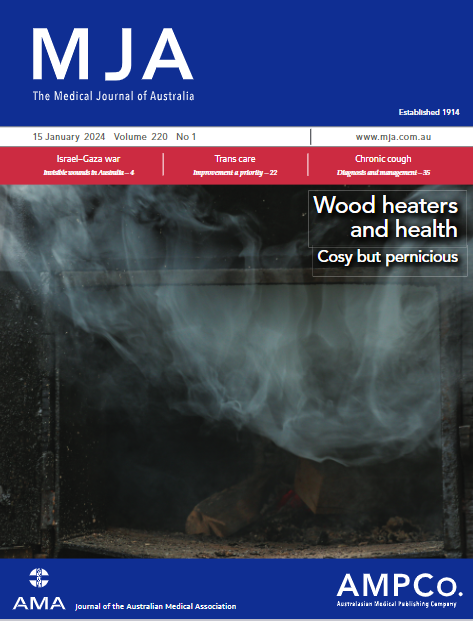Consideration of sex and gender: an analysis of Australian clinical guidelines
Abstract
Objective
To assess Australian clinical guidelines for their inclusion of sex and gender.
Design, setting
Survey of all clinical guidelines published in Australia from 1 January 2014 to 31 April 2024 that employed methods such as Grading of Recommendations, Assessment, Development, and Evaluations, or were endorsed, approved or acknowledged by the National Health and Medical Research Council or another major national body, or concerned marginalised groups.
Main outcome measures
Use of the terms “sex”, “gender”, “female”, “male”, “women”, “men”, “girl” and “boy”; definitions of “sex” and “gender”; and incorporation of sex- and gender-relevant guidance.
Results
The 80 eligible guidelines were from 51 organisations and covered 27 areas of practice. No sex- or gender-related terms were found in 12 of the guidelines. Of the remaining 68 guidelines, most used some of these terms only a few times, with 34 of them using “gender” to mean “sex”. “Sex” and “gender” were defined to some extent in four guidelines. There was no reference to clinical practice concerning sex in 15 of the guidelines. A total of 46 guidelines made no mention of clinical practice concerning gender, only 12 included gender-relevant practice in any detail, and the remaining 22 either implied aspects of gender awareness without stating this or mentioned “psychosocial” or “cultural” considerations. Guidelines drew on heterogeneous research, some of which provided no sex-disaggregated data.
Conclusions
Guideline development bodies should be encouraged to assess evidence for its treatment of sex and gender, to enable strategies to counter inequity and discrimination.


 求助内容:
求助内容: 应助结果提醒方式:
应助结果提醒方式:


